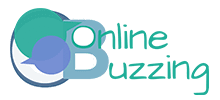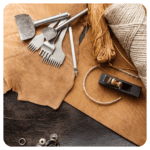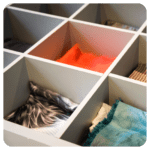The story
A National Bike Store wanted to promote its new line of electronic hybrid bicycles to a very specific audience in the main cities on the island of Ireland. Cycling has exploded in recent years as an exercise and was fast becoming the hobby of choice among all ages. The market is extremely demanding for both new and refurbished bicycles. The Bike store sells many brands of racing, mountain, cross-terrain and electric bicycles. Its main supplier is one of the largest and renowned manufacturers of premium bicycles in Europe. In 2020, its main supplier introduced its new product brand for electric mobility. This was a premium product and it was feared they would be harder to move through the sales cycle. The bike shops success within the marketplace was heavily supported by its tailored and honest reviews of bicycles and associated products. It also wanted to convey its new positioning as a forward thinking bike store focused on electric mobility and sustainability, without losing sight of its strong racing and mountain bike traditions.
I don’t want this post to come across as self promotional, however, I’ve linked to my own examples to show you how I personally communicate to potential clients the value of my design work. For other designers, I hope this in turn, gives you an idea of how you too can communicate the value of your work. Ensure you check the testimonials validity which can be done by looking for a web address or even by emailing the company. It’s ok to check if company even exists.
The goal
A National Bike Store wanted to promote its main suppliers new line of electronic hybrid bicycles to a very specific audience in the main cities on the island of Ireland. The goal was to drive awareness for the launch of the product and increase engagement coming into the summer months.
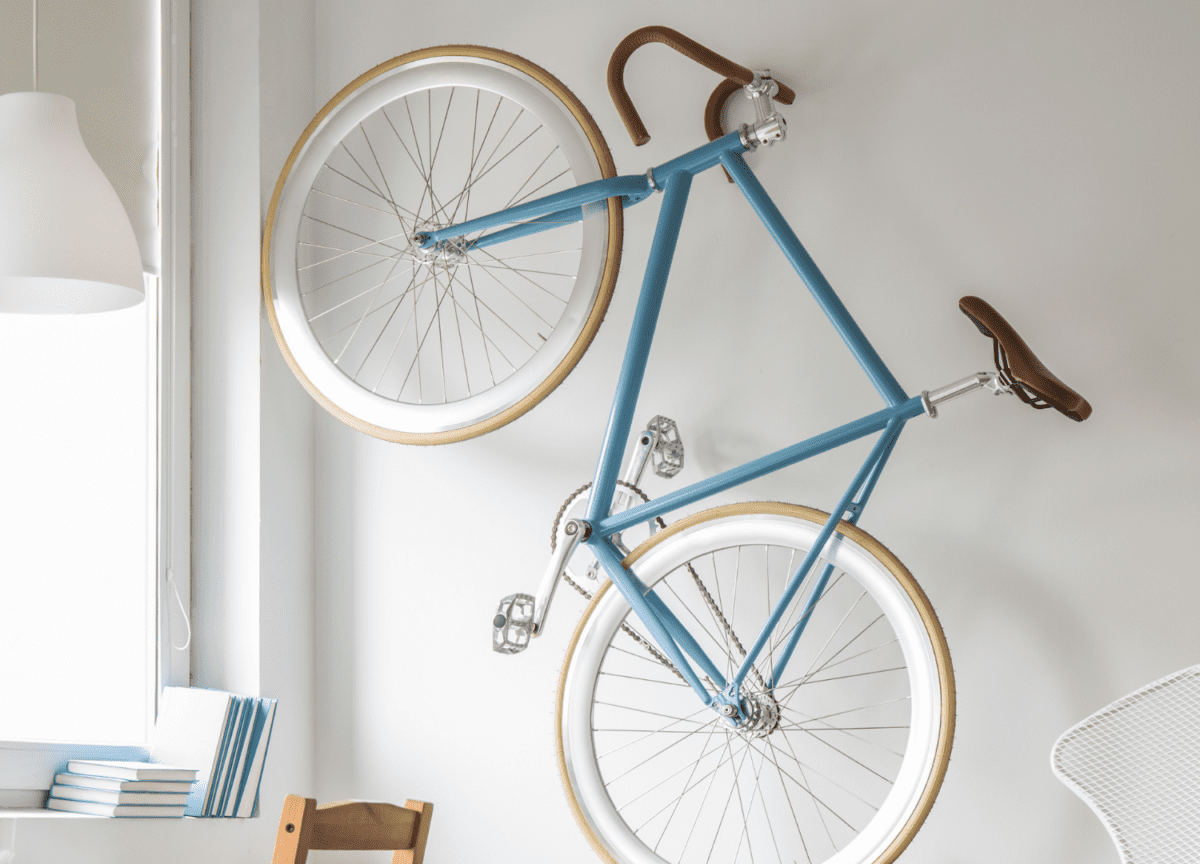
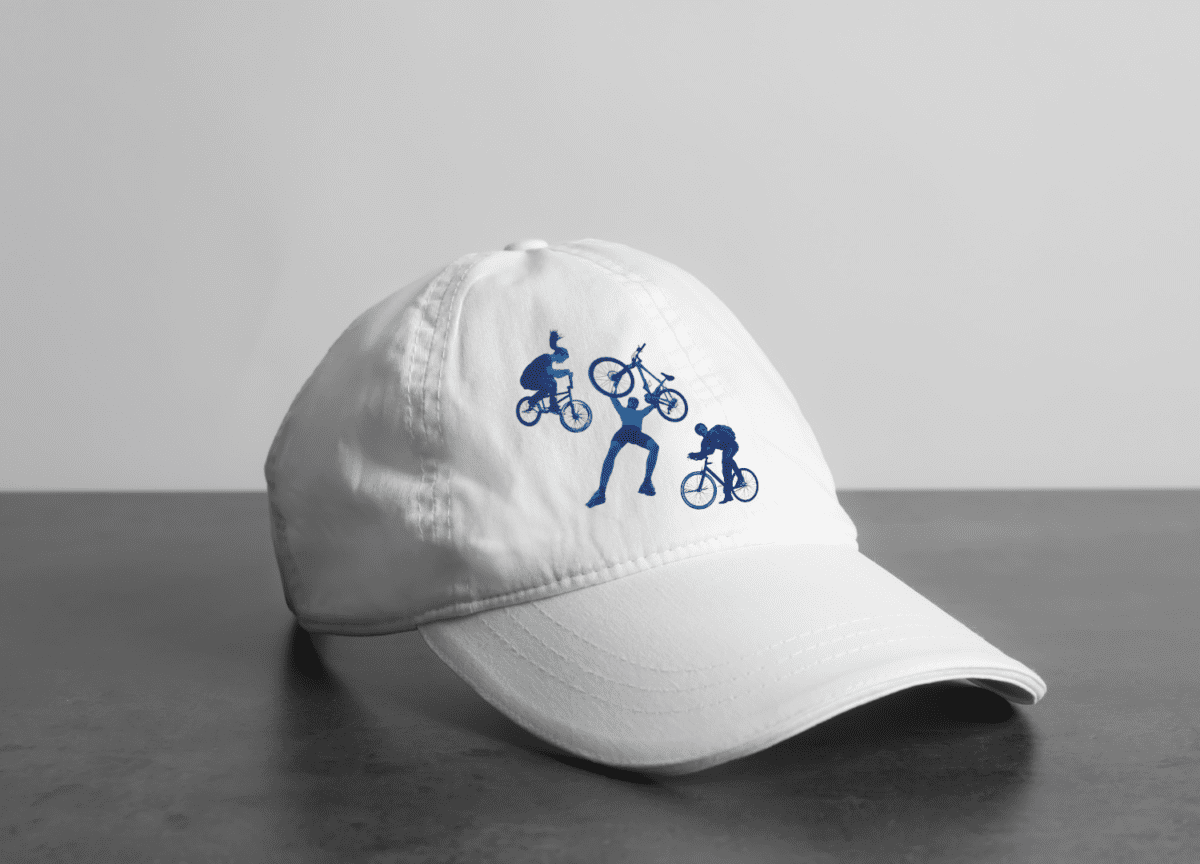
The solution
To understand how to best target the correct Persona, We ran a comprehensive A/B test.
Part one focused on “Primary” audiences, or audiences based on information the Bike Shop already had about its existing and potential customers. Those included Custom Audiences of developed around people who had shown purchase intent actions on their website (gathered via the Facebook pixel) as well as lookalike audiences based on them, plus a Dublin audience segment based on average household income by eircodes—which was collated from publicly available CSO information. The second part of the test was collated from a third party consumer company that focused specifically on targeted combined household income audiences with a concentration on disposable income. We created lead image and video ads for both parts of the test group, and chose the manual placements feature—which placed the ads across Facebook’s family of apps and services including Facebook News Feed, Instagram feed and Instagram Stories. We purposely removed Messenger and Facebook Marketplace because we believed that this would be most cost effective. The ad creative was very similar for image and video with an intent Call To Action to build education and interest. The Learn More button led to a short lead generation form that automatically populated the persons number, email and name collected from their Facebook profile. We tracked the audiences and compared the different audience responses. The results showed which part of the campaign drove more customer focused actions.
The results
We determined that ads targeted to audiences built from their existing data performed notably better than those targeted to third-party household income segments. There was on average 5 times more online conversions from existing data and targeted audiences which contributed to a 74% reduction in costs per conversion by comparison to customers in segment 2 of the test. Overall online website conversions where up by 12%.
Services
Branding | Brand Positioning | Brand Messaging Platform | Logo Brand Strategy | Marketing | Website | Brochureware | Content Marketing | Brand Guidelines
